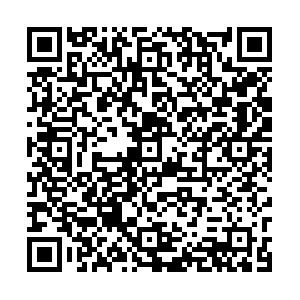-
Abstract
Optical coherence tomography angiography (OCTA) is a powerful tool for non-invasive, label-free, three-dimensional visualization of blood vessels down to the capillary level in vivo. However, its widespread usage is hindered by the trade-off between transverse sampling rate and signal-to-noise ratio (SNR). This trade-off results in either a limited field of view (FOV) to maintain sampling density or loss of capillary details to fulfil FOV requirement. It also restricts microvascular quantifications, including flow velocimetry, which typically demand higher transverse sampling rate and SNR compared with standard qualitative OCTA. We introduce spectrally extended line field OCTA (SELF-OCTA), a cost-effective imaging modality that improves transverse sampling rate and SNR through spectrally encoded parallel sampling and increased signal acquired over longer periods, respectively. In the human skin and retina in vivo, we demonstrate its advantages in achieving significantly extended FOV without sacrificing microvascular resolution, high sensitivity to slower flow without compromising FOV, and flow velocity quantification with the highest dynamic range, emphasizing that these features can be achieved with readily available and standard OCTA hardware settings. SELF-OCTA has the potential to make wide-field, high-resolution, quantitative angiographic imaging accessible to a wider population, thereby facilitating the early detection and follow-up of vascular-related diseases. -

New website getting online, testing


 E-mail Alert
E-mail Alert RSS
RSS


